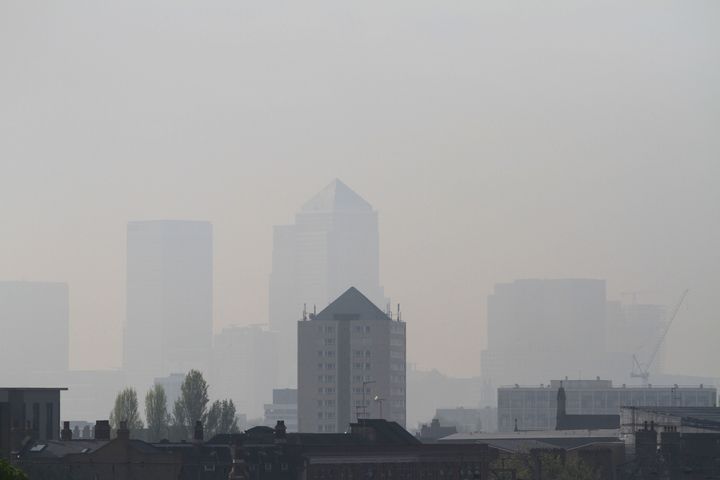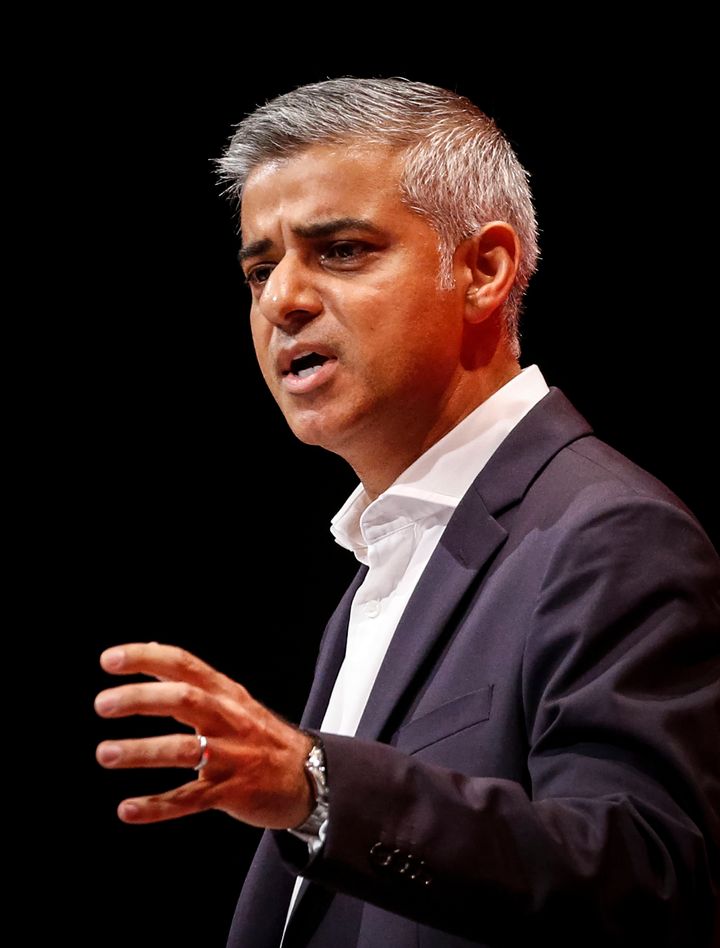A toxic air alert has been issued for eight London boroughs as Mayor Sadiq Khan warned of a “public health emergency.”
The “red” warnings were issued on Thursday for the City of London, Hammersmith and Fulham, Hounslow, Kensington and Chelsea, Kingston upon Thames, Tower Hamlets, Wandsworth and Westminster.
It comes as a cloud of filthy air from Germany’s industrial heartlands threatened to blow into the capital, mixing with locally-produced nitrogen dioxide fumes, the Evening Standard reported.

Adults and children with lung problems and adults with heart problems are being warned to reduce any strenuous physical exertion, particularly outdoors. People with asthma may find they need to use their inhalers more often and older people should also reduce their levels of exertion.
The Mayor said: “The extent of our air quality crisis means that I have today triggered a London-wide air quality alert, ensuring Londoners have all the information possible. It’s crucial that Londoners who are vulnerable, such as asthma sufferers, are able to take appropriate measures to protect themselves.”

While levels of toxicity are set to return to normal on Friday, Khan said: “London’s dirty air is a public health emergency.
“We will continue to use all technology at our disposal to inform Londoners about levels of air pollution in their neighbourhoods.”
London’s annual legal limit on air pollution was breached just five days into 2017.
The nitrogen dioxide (NO2) hourly legal limit for the whole of this year was broken in Brixton Road, Lambeth, on 5 January, according to specially-designed monitors.
The fresh breaches prompted campaigners to step up calls to ban diesel cars from the capital’s streets, as the toxic gas has been linked to thousands of premature deaths.
Greenpeace staged a protest, using a mask-wearing Mary Poppins to act as a ‘childhood champion’ above the affected streets, to chivvy politicians into action.
Under EU rules - and UK law - monitoring stations are allowed to exceed hourly limits of 200 micrograms of NO2 per cubic metre of air just 18 times in a year.
But Brixton Road’s monitor was first to report 19 breaches of the limit, recording 347.7 ug/m3 at 9pm, way above the guidelines.
The World Health Organisation guideline is also for no human exposure to NO2 over 200 micrograms per cubic metre (ug/m3) measured over one hour.
The UK has been in breach of EU NO2 pollution limits since 2012 and environment group ClientEarth in November won a Supreme Court case to force the Government to come up with an action plan.
Khan added: “At City Hall, we will keep on delivering the most ambitious programme to tackle air quality anywhere in the world, including the T-charge later this year, bringing forward the ULEZ and cleaning up our bus fleet.
“However, today I am again appealing to the government to urgently play their part too. By funding a national diesel scrappage scheme, reforming vehicle excise duty and bringing in a new Clean Air Act the Government would finally prove that they match our ambition. This requires all levels of Government to work together as an urgent priority to finally tackle the problem once and for all.”
